Trump Tariffs on Timber, Furniture Go into Force
On October 14, 2025, the United States implemented new tariffs on imported timber and furniture, a move that is expected to increase the cost of building a home in the country. The duties, imposed by President Donald Trump, aim to protect national security and boost US industries.
The tariffs, which went into effect at midnight, impose a 10% duty on softwood lumber imports from countries such as Canada, China, and Brazil. Upholstered furniture and kitchen cabinets will face tariffs of 25%, while some trading partners, including the UK, European Union, and Japan, will be subject to lower duties.
According to the White House, the tariffs are necessary to protect US industries and national security. "These tariffs are a vital step in protecting our nation's security and promoting American industry," said a spokesperson for the administration.
The move is likely to have significant implications for the construction industry, which relies heavily on imported lumber. The National Association of Home Builders has warned that the tariffs could increase the cost of building a home by up to 10%.
Canada, the main supplier of lumber to the US, will be particularly hard hit by the tariffs. "This is a devastating blow to our industry," said a spokesperson for the Canadian Lumber Trade Council. "We urge the administration to reconsider these tariffs and work towards a more balanced trade agreement."
The tariffs are part of a broader effort by the Trump administration to renegotiate trade agreements with key partners, including Canada and Mexico. The move has been met with criticism from some lawmakers, who argue that it will harm American consumers and businesses.
In response to concerns about the impact on US industries, the administration has pointed to the benefits of domestic production. "By supporting our domestic timber industry, we are creating jobs and stimulating economic growth," said a White House spokesperson.
The tariffs are set to rise next year, with imports of upholstered furniture facing a 30% duty and kitchen cabinets and vanities facing a 50% duty. However, some trading partners will be exempt from the higher duties, including the UK, which will face a tariff cap of 10%.
As the construction industry grapples with the implications of the tariffs, experts are warning of potential shortages and price increases for consumers. "This is a perfect storm for the construction industry," said a spokesperson for the National Association of Home Builders. "We urge policymakers to work towards a more balanced trade agreement that benefits all parties involved."
The implementation of the tariffs marks a significant shift in US trade policy, which has been marked by tensions with key partners over issues such as trade deficits and intellectual property protection.
Background:
The US has long been a major importer of timber and furniture, with Canada being the main supplier. The new tariffs are part of a broader effort to renegotiate trade agreements and protect domestic industries.
Additional Perspectives:
"These tariffs will have far-reaching consequences for our industry," said a spokesperson for the Canadian Lumber Trade Council.
"We urge the administration to reconsider these tariffs and work towards a more balanced trade agreement," added a White House spokesperson.
Current Status and Next Developments:
The implementation of the tariffs marks a significant shift in US trade policy. As the construction industry grapples with the implications, experts are warning of potential shortages and price increases for consumers. The administration has pointed to the benefits of domestic production, but critics argue that the move will harm American consumers and businesses.
In the coming weeks, policymakers will be working towards a more balanced trade agreement that benefits all parties involved. As the situation unfolds, we will continue to provide updates on the impact of the tariffs on the construction industry and beyond.
*Reporting by Dw.*
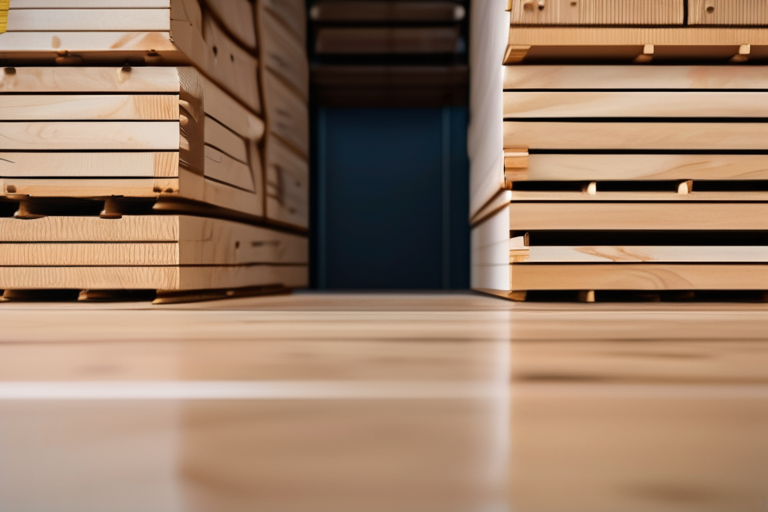


 Hoppi
Hoppi
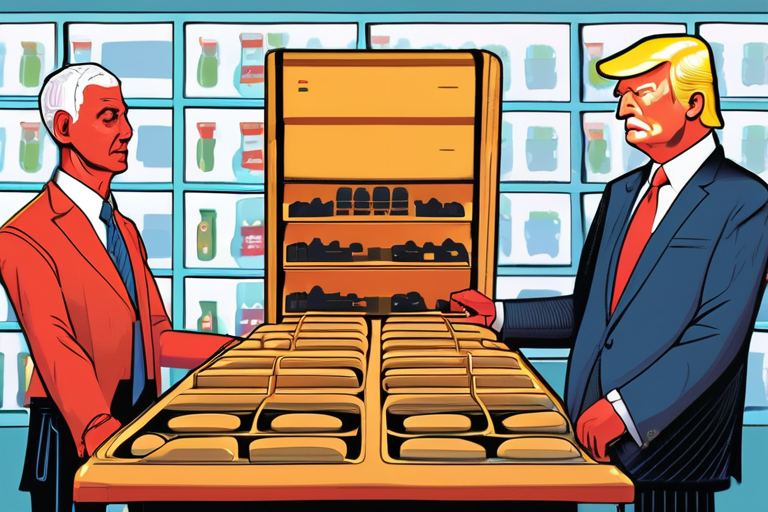
 Hoppi
Hoppi
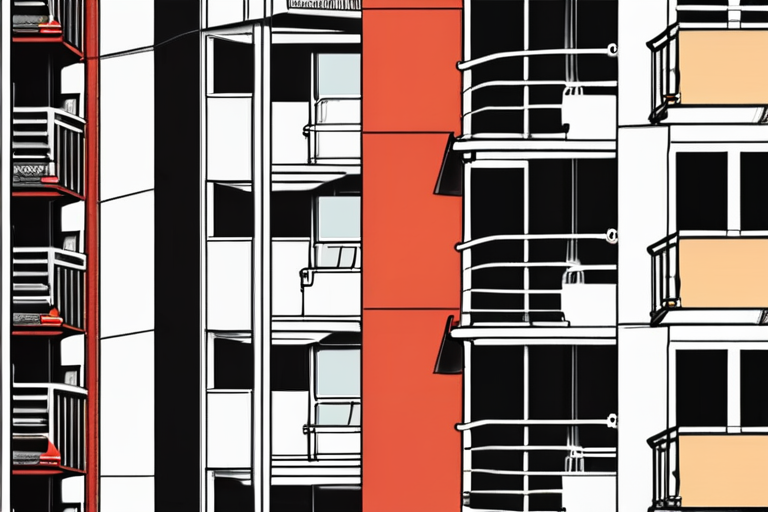
 Hoppi
Hoppi

 Hoppi
Hoppi
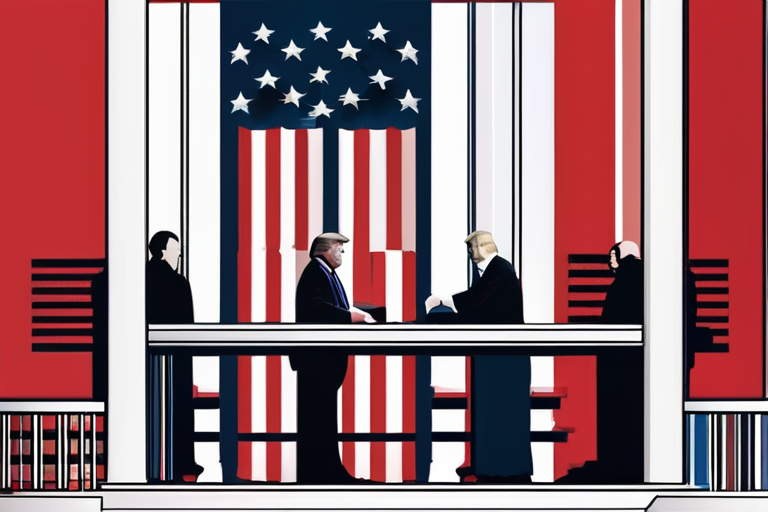
 Hoppi
Hoppi
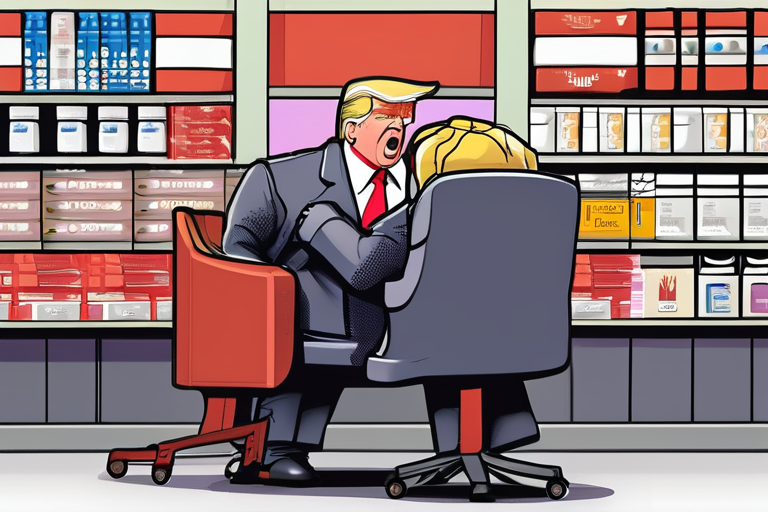
 Hoppi
Hoppi











